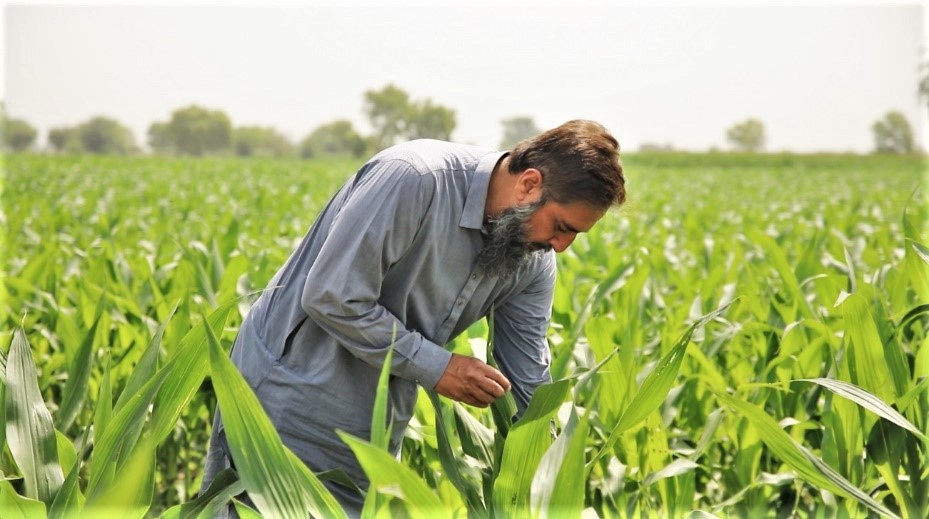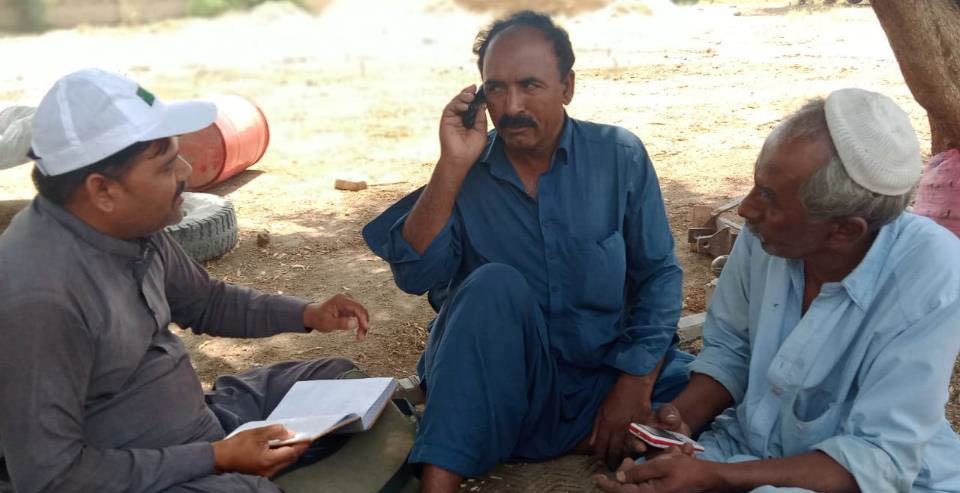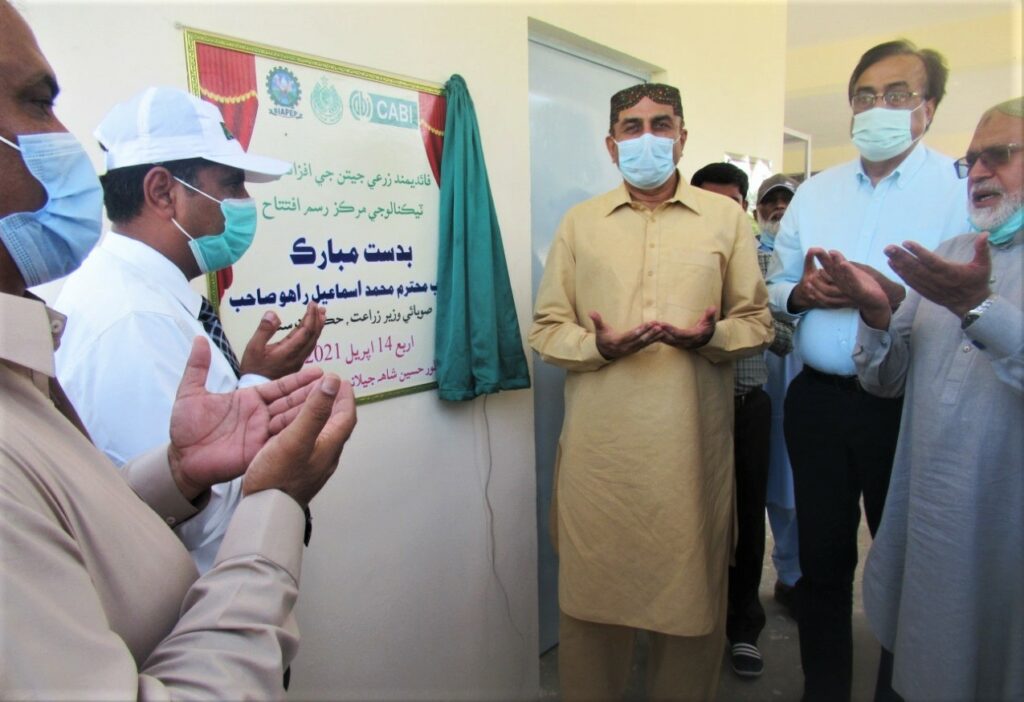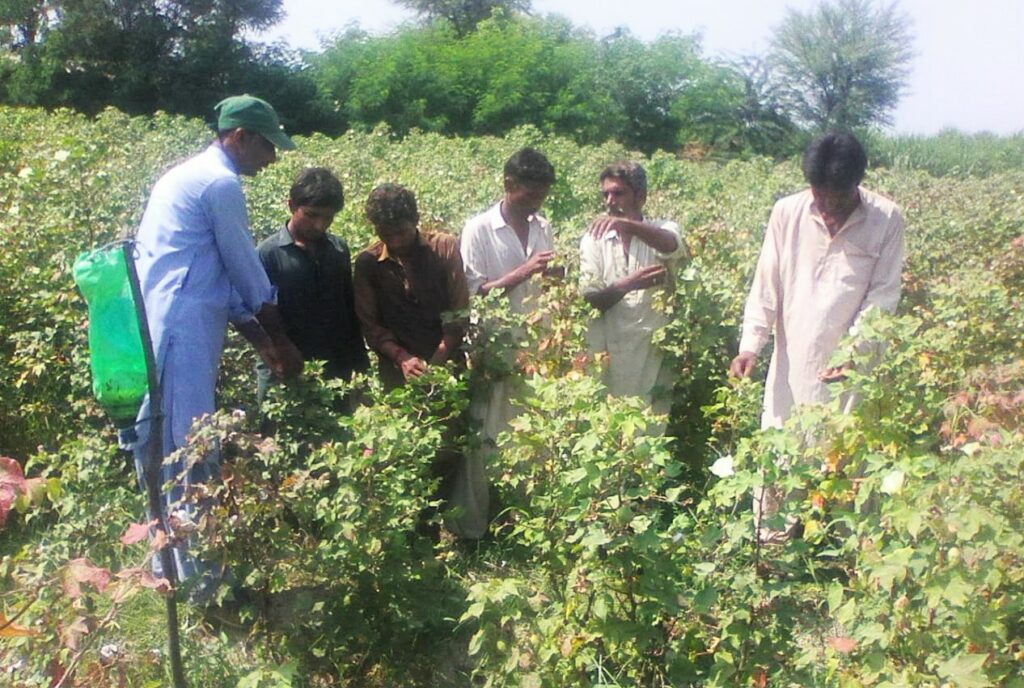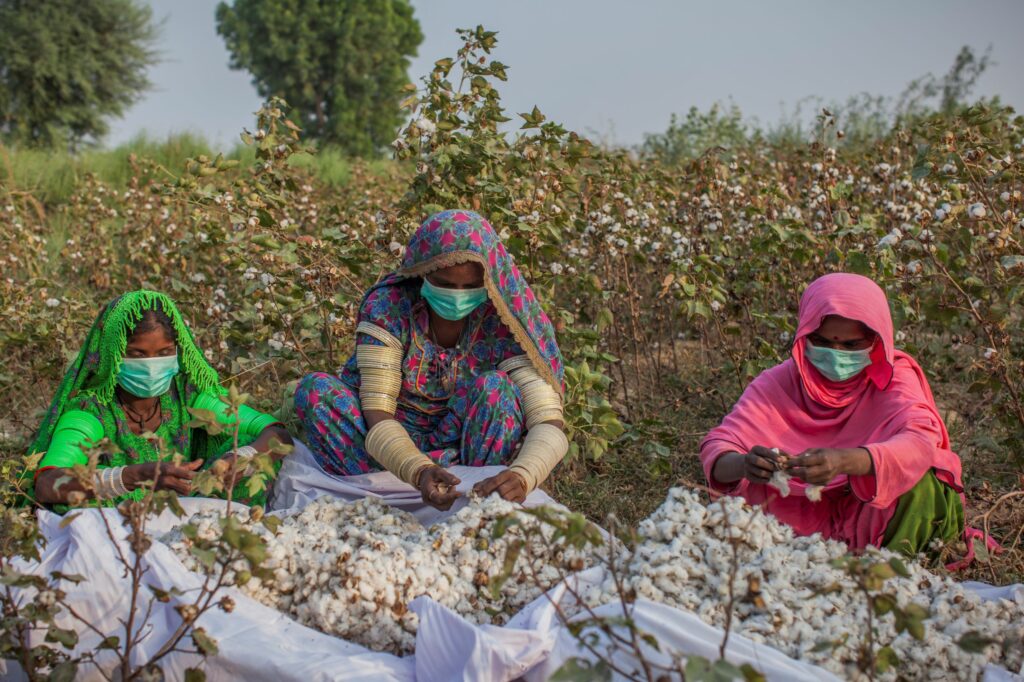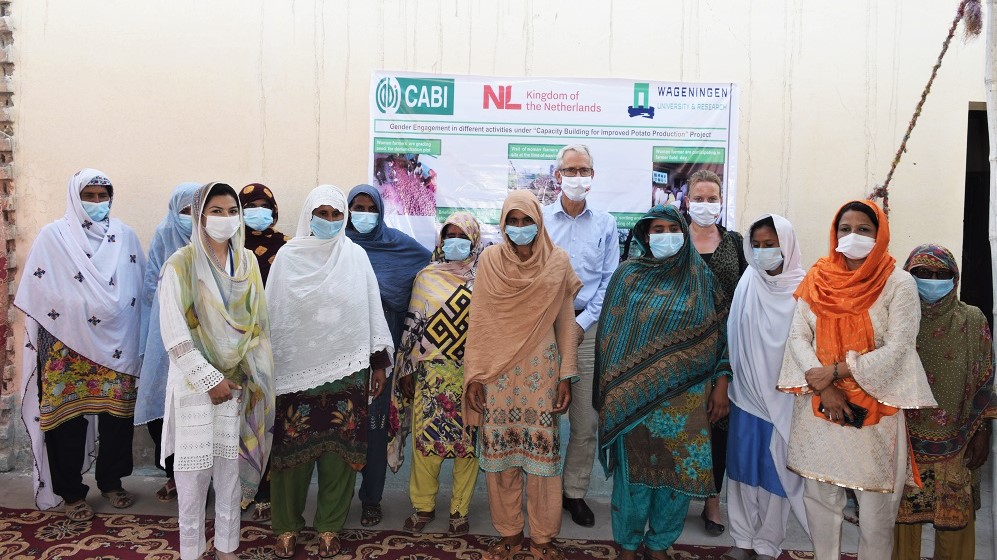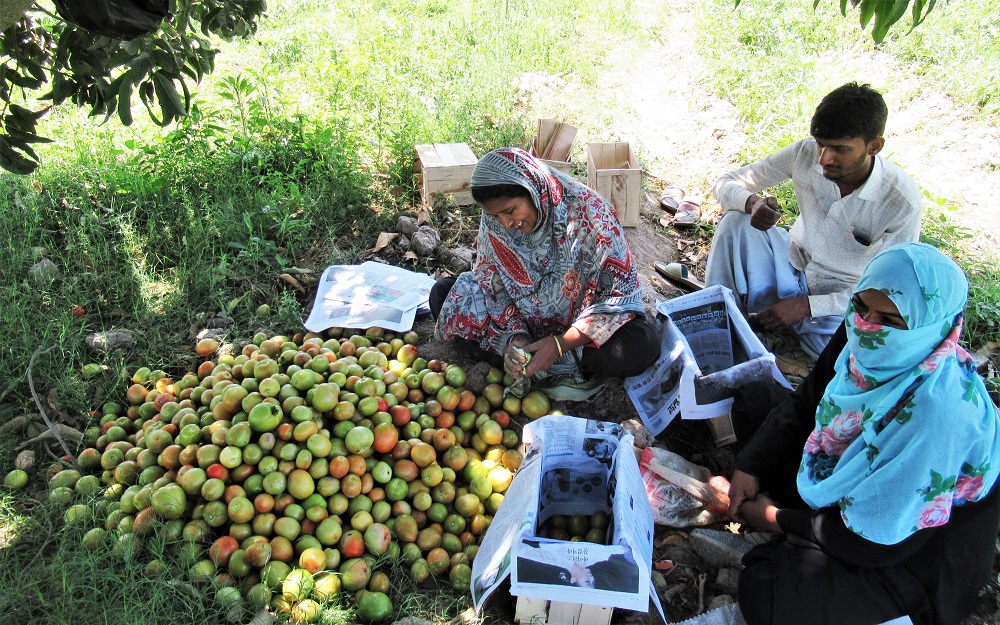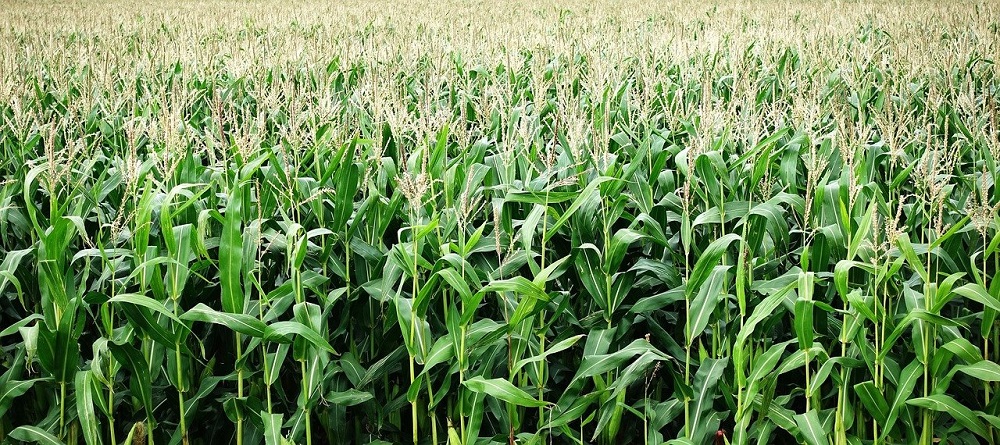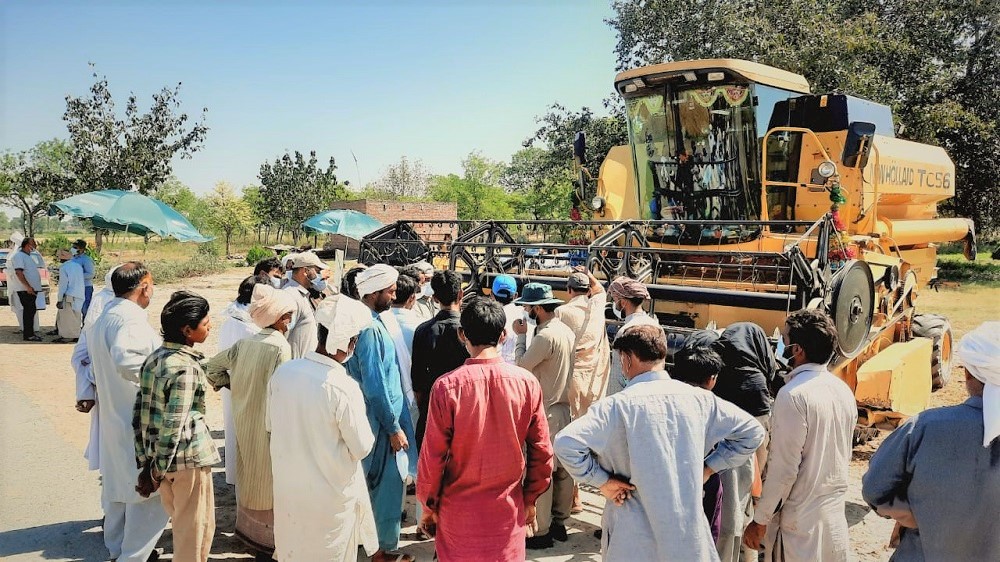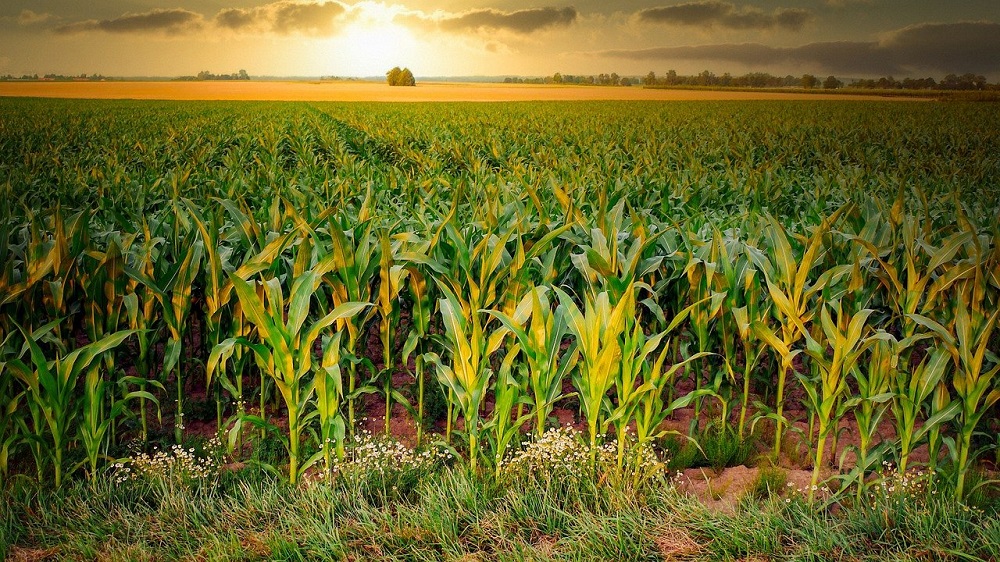CABI Blog
Tag: Pakistan
You are here: CABI Blog
Aflatoxin control in Pakistan through the eyes of a maize grower from Punjab
July 27, 2021
Babar Bajwa, Sabyan Faris Honey
1 comment
Mian Muhammad Irfan is a maize grower from district Faisalabad in Punjab province. Here Rafhan Maize Products Co. Ltd procures thousands of tons of maize crop each year for processing. He is one of the thousands of maize crop farmers contracted with Rafhan Maize. Mr Irfan grows around one hundred acres of maize annually. Over…
Piloting worker voice technology in Pakistan
July 26, 2021
Wayne Coles
No Comments
Engaging people working in agriculture to get a clear, comprehensive understanding of the challenges they face in their work, especially on labour issues, is key to being able to provide effective solutions. In rural, dispersed farming areas, however, this can be a difficult task using traditional outreach methods. The Covid-19 pandemic has made this engagement…
Agricultural Minister endorses establishment of innovative biological control at farms in Sindh province of Pakistan
July 21, 2021
Ashfaque ali Dhaunroo
1 comment
The Agricultural Minister for Sindh province in Pakistan, Mr Muhammad Ismail Rahoo, has officially endorsed a Memorandum of Understanding (MoU) which will see the establishment of Natural Enemy Field Reservoirs (NEFRs) to fight pests of fruits, vegetables and other economic crops – including cotton and rice.
Farmers in Pakistan use pheromone capsules to fight back against cotton crop pest the pink bollworm
July 14, 2021
Allah Bux, Ghulam Nabi, Mushtaque Ali
1 comment
Cotton is Pakistan’s largest industrial sector but is impacted by many pests. The pink bollworm (Pectinophora gossypiella) is considered its worst enemy as it affects the quality of the lint and, ultimately, loss of the crop.
Organic cotton in Pakistan: policy analysis and recommendations
July 6, 2021
Babar Latif Baloch, Toby Penrhys-Evans, Umair Safdar
1 comment
As the fourth largest cotton producer worldwide, cotton is an integral part of Pakistan’s economy contributing 9.5% of its gross domestic and serving as a core livelihood for 15 million cotton workers. In addition to bringing US$3.5 billion as foreign currency each year to the country, it provides crucial income to cotton-producing households, accounting for…
Dutch Ambassador to Pakistan meets small-scale potato farmers for update on potato capacity-building project
June 29, 2021
Hafiz ur Rehman, Maila al Saba Shah, Umair Safdar, Yasar Saleem Khan
No Comments
Potato is an important vegetable crop of Pakistan with 88% of production linked to Punjab state – of which 70% comes from within four districts; Okara, Sahiwal, Pakpattan and Kasur in Pakistan.
Farmer praises CABI’s postharvest training to help boost Pakistan’s smallholder tomato production
June 9, 2021
Muhammad Asif, Rehan Riaz, Umair Safdar
No Comments
Tomato smallholder farmer Irshad Bibi has praised CABI’s postharvest training delivered in Pakistani village of Baili Janobi, District Muzaffargarh, which was aimed at improving ways of handling, packing and transporting the crop to market.
Using natural solutions to overcome crop toxins and increase Pakistan’s maize production
June 7, 2021
Babar Bajwa
1 comment
On World Food Safety Day, 7 June, we look at how a natural solution to a maize toxin is helping to safeguard Pakistan’s food security and smallholder farmer incomes. Aflatoxin contamination presents a severe threat to Pakistan’s population including its smallholder farmers, writes Dr Babar Bajwa, Senior Regional Director – Asia, CABI. They cause serious…
Punjab wheat growers hope to boost productivity with combine harvester and wheat straw chopper
May 5, 2021
Saqib Ali, Umair Safdar
No Comments
CABI is working with the Asian Development Bank (ADB) to help small-scale wheat farmers in the Hafizabad and Sheikhupura districts of Punjab, Pakistan, boost their productivity by demonstrating the benefits of modern machinery – the New Holland TC-56 combine harvester and wheat straw chopper.
Maize growers of Punjab helped to manage aflatoxins through biological control technology
May 4, 2021
Babar Bajwa, Sabyan Faris Honey
No Comments
Maize crop in Pakistan presents a remarkable success story from the last few years. For instance, the country’s maize production increased from 705 tonnes in 1971 to 7,000 tonnes in 2020 – growing at an average annual rate of 5.15%.
Subscribe to blog
DISCLAIMER
Views expressed in contributions do not necessarily reflect official CABI positions.
Archives
Categories
- Agriculture and International Development
- Veterinary and Animal Sciences
- Climate change and biodiversity
- Publishing
- Value chains and trade
- Crop health
- Environmental Sciences
- Human Sciences
- Tourism, Hospitality and Leisure
- Food and nutrition security
- Plant Sciences
- Gender and youth
- Digital development
- Development communication and extension
- Economic development
- Invasive species
- CABI Bioservices
- One Health

